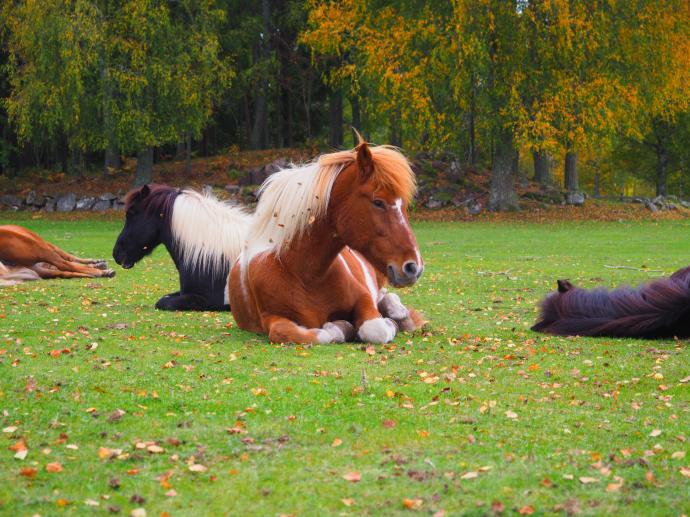Discussion & Conclusions
To our knowledge, this is the first time that different hair types (thin body hair and thick mane hair) were assessed for hair cortisol in horses. The results of this study show that both mane and withers are possible locations for sampling hair to analyse cortisol concentrations. Additionally, there was a link between certain personality types and hair cortisol levels. However, management did not seem to have an influence on the cortisol levels measured in horses.
Future research needs to investigate hair cortisol in horses and the factors that could influence its variation. For instance, better knowledge of seasonal variation of cortisol in hair, and hair growth in horses would be critical in expanding the use of hair as a matrix to measure cortisol variation in horses. Hair cortisol would be an excellent tool to provide information on chronic stress and thus could be used in welfare assessments.
In conclusion, these results showed that hair cortisol measures from both body locations did not differ and were highly correlated, additionally, they varied with lifestyle. Interestingly, personality traits were strongly correlated with hair cortisol levels. These results validate the analysis of cortisol in horse hair and provide more knowledge about this method which is promising in investigating factors underlying chronic stress in horses.

Responsible for this page:
Director of undergraduate studies Biology
Last updated:
05/18/18
